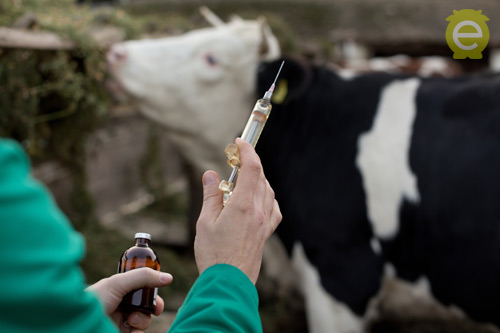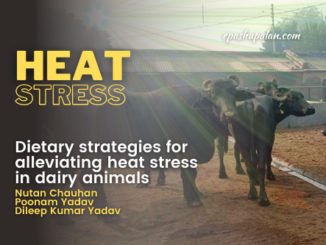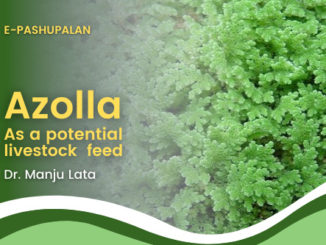Vaccination is very effective manner to decrease of burden of disease in farm animals to ensure both animal and farmer welfare. They play an essential role in preventative health care and control of diseases in animals. Animals are also vulnerable to a variety of diseases caused by bacteria fungi viruses as well as parasites. Vaccines have been available for majority of the diseases particularly those having complex or no treatment options left. It is well said that prevention is better than cure so preventing disease occurrence need to be prioritized.

Vaccine types
- Modified live attenuated– This type of vaccine contains an intact pathogen but it is weekend so that immune response is stimulated in body but which do not create a clinical diseases.
- Inactivated killed vaccines-This vaccine type contains a pathogen which is fully inactivated and hence can no longer cause infection. Therefore these, vaccines often have an adjuvant which improves the immune response for protection of health. Inactivated vaccine need booster doses to maintain immunity.
- Recombinant vaccines- Vaccine which is produced through technology of genetic engineering and use of specific genetic material from a pathogen to cause protein production in order to stimulate an immune response from a vaccinated animal.
- 4. Toxoid: This type of vaccine depends on inactivated toxins produced by specific pathogen. They stimulate immune response to protect animals from toxins.
Route for administering vaccines
- Injection: may be given through subcutaneous route or intramuscular administration. Subcutaneous vaccines remain at sight longer than others.
- Intradermal injections: This route used in contagious pustular dermatosis (orf) in cattle/ sheep. Modified form of this method is used in fowl Pox (wing web puncture).
- Oral: live viral vaccines for poultry are often placed in water also used for parasitic infections like lung worm in cattle.
- Aerosol: This method used for mass live and viral vaccination of young Birds.
- Intranasal: live viral vaccines for respiratory diseases in case of cattle.
- Eye drop: Route used to administer live viral vaccines in young birds.
- Water application: Route used for fish vaccination and also drinking water application in case of poultry.
- Feed application: commonly used in poultry and fish vaccines.
Vaccination Schedule for dairy animals
|
Sr.no. |
Name of disease | Age at first dose | Booster dose |
Subsequent dose |
| 1 | Foot and mouth disease (FMD) | 4 months and above | 1 month after first dose | Six monthly |
| 2 | Haemorrhagic septicaemia (HS) | 6 months and above | – | Annually in endemic areas |
| 3 | Black quarter | 6 months and above | – | Annually in endemic areas |
| 4 | Brucellosis | 4-8 months of age (only female calves) | – | Once in a lifetime |
| 5 | Theleriosis | 3 months of age and above | – | Once in a lifetime. Only required for crossbred and exotic cattle |
| 6 | Anthrax | 4 months and above | – | Annually in endemic areas |
| 7 | IBR | 3 months and above | 1 month after first dose | Six monthly (vaccine presently not produced in India) |
| 8 | Rabies (post bite therapy only) | Immediately after suspected bite | 4th day | 7,14,28 and 90 (optional) days after first dose |
Source: NDDB handbook of good dairy husbandry practices
Various precautions for administration of vaccines:
- Proper cold storage of vaccine should be insured.
- Keep vaccine away from small children.
- Ensure adequate training to those involved in vaccination
- Only healthy and fit animals should be vaccinated.
- Those animals in very late pregnancy or those who are in stressed and exhausted should not be vaccinated.
- Ensure that vaccination needle is clean and dry.
- In case we are required to use different vaccine for protection against different diseases, than adequate time interval should be ensured between two vaccines so that a satisfactory response is there.
- If booster dose is to be given then ensure that they are given at right interval






3 Trackbacks / Pingbacks